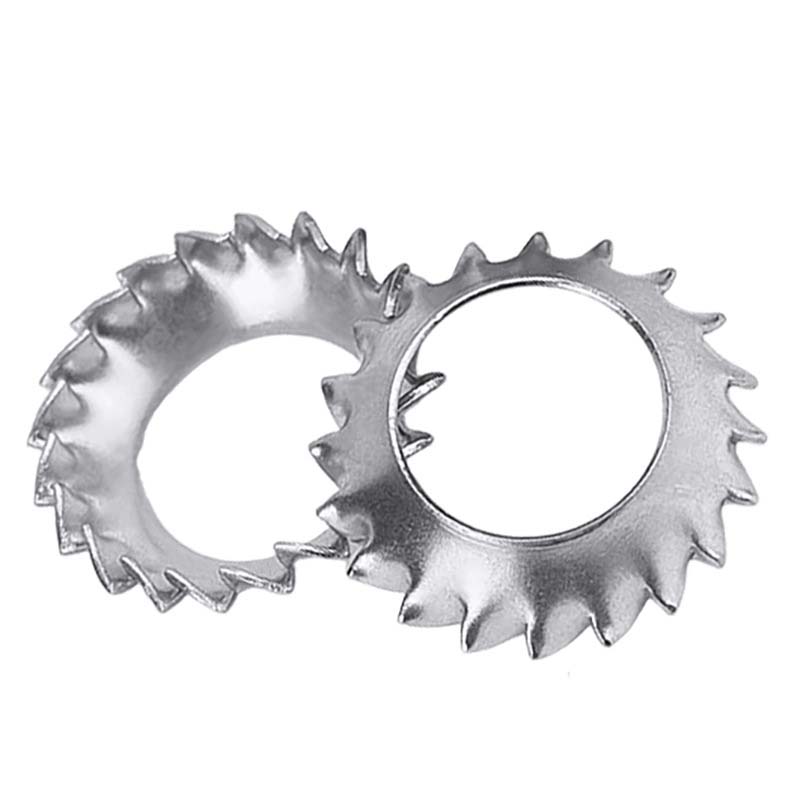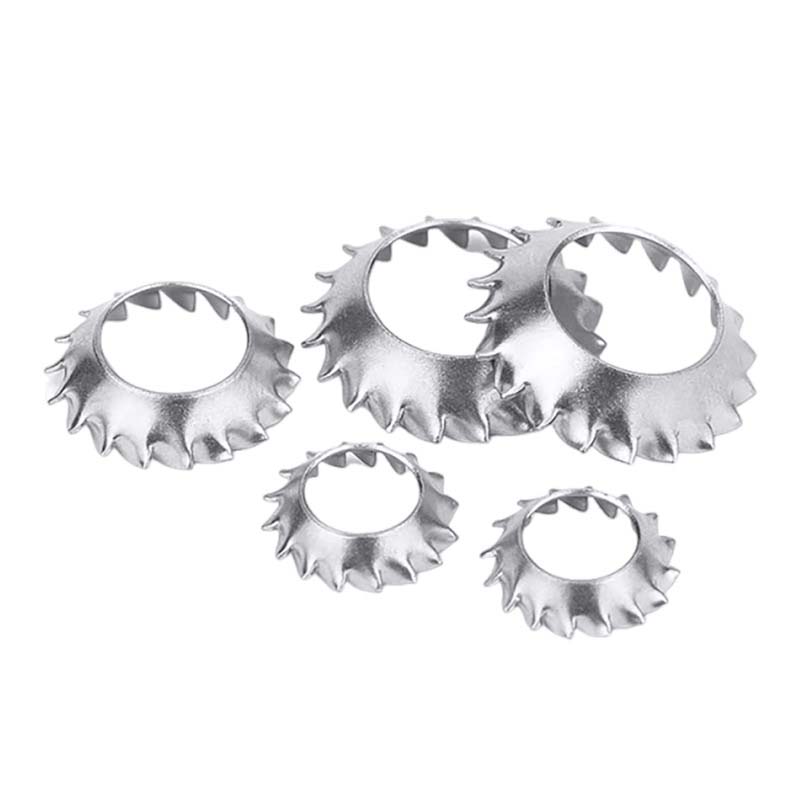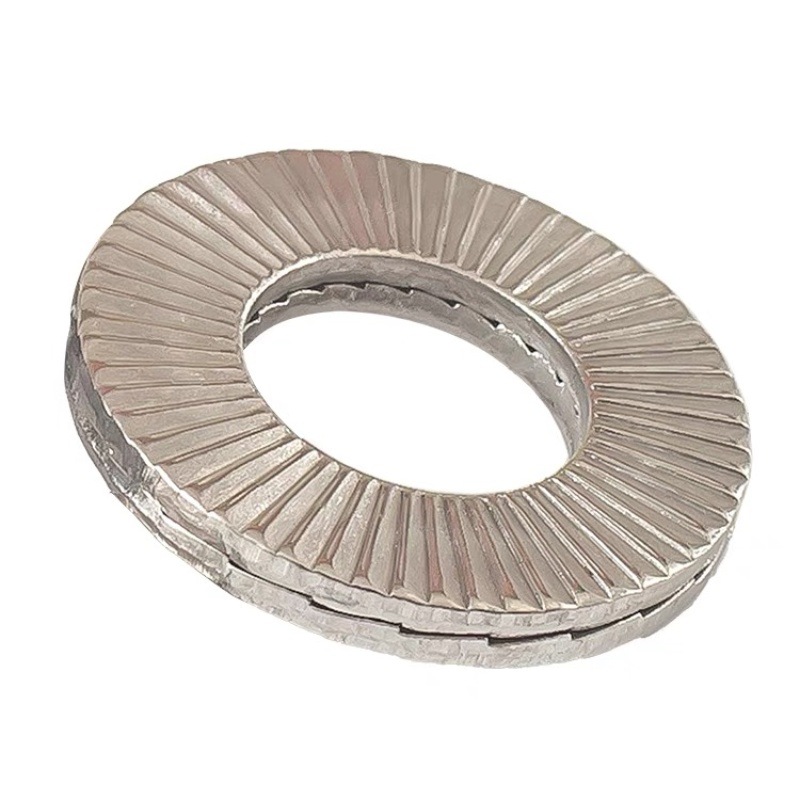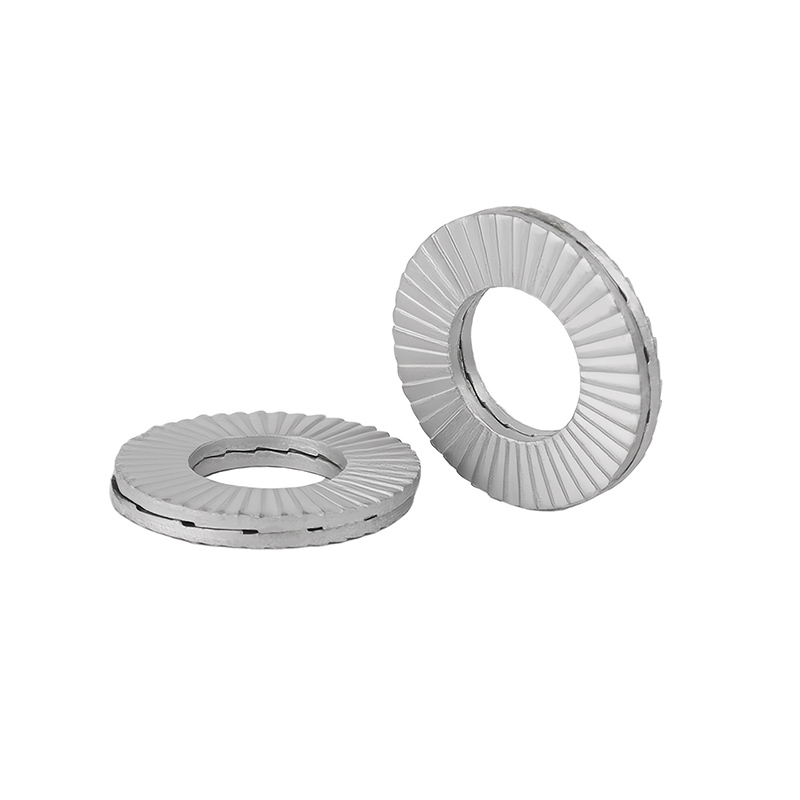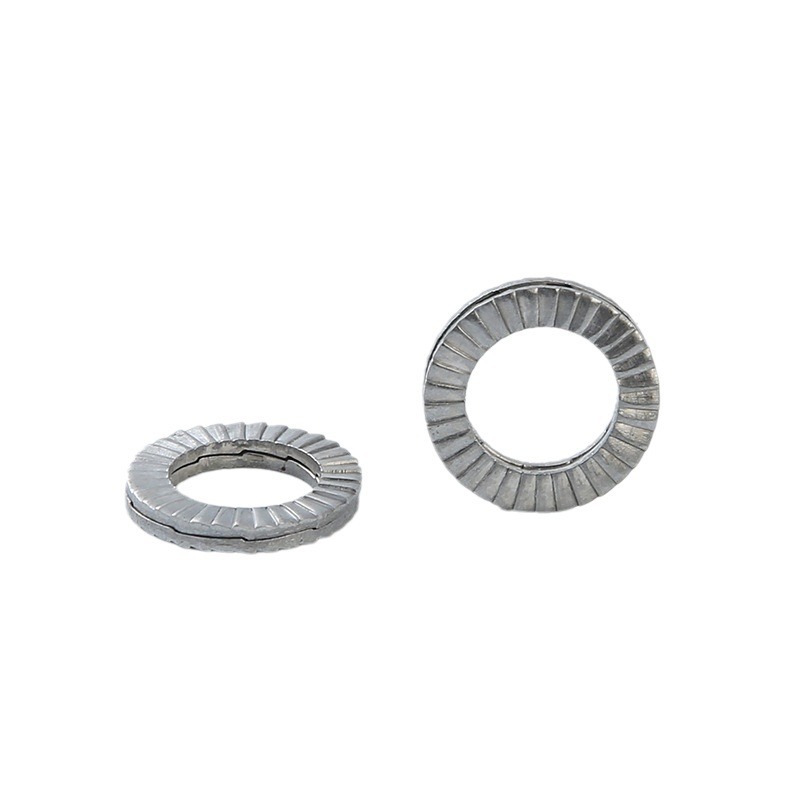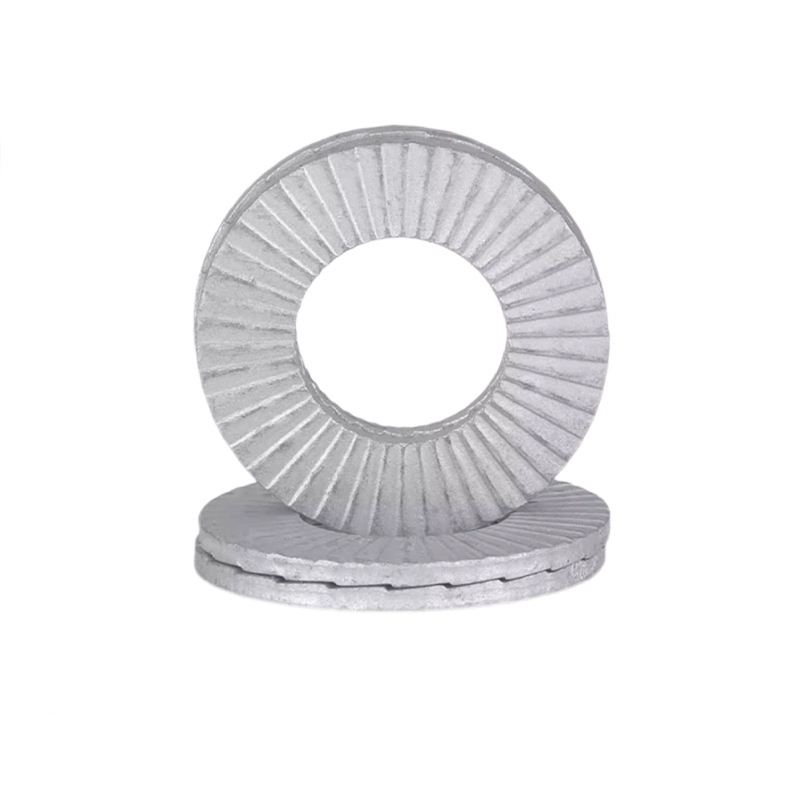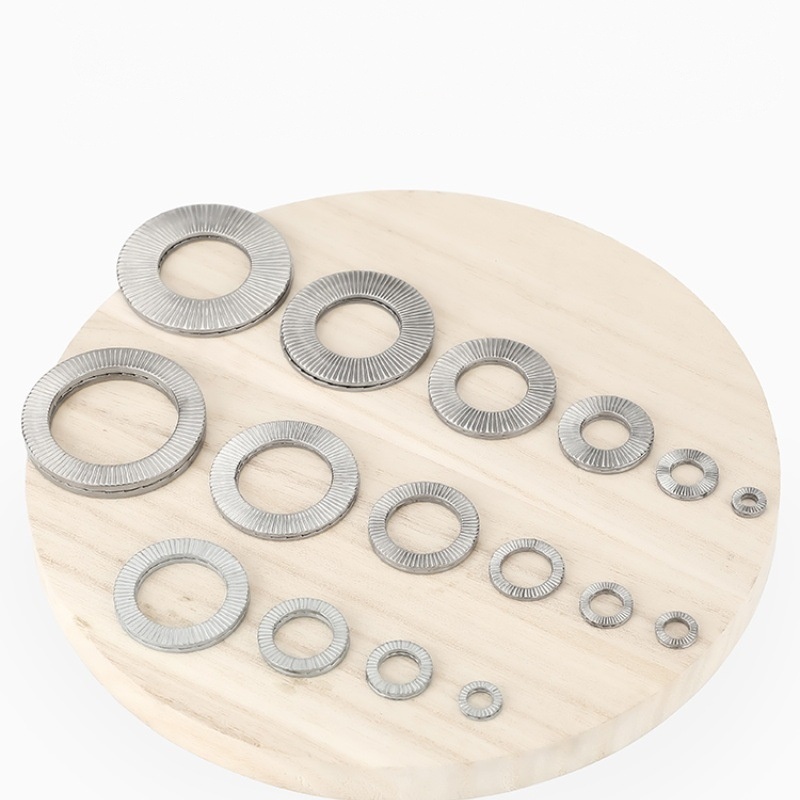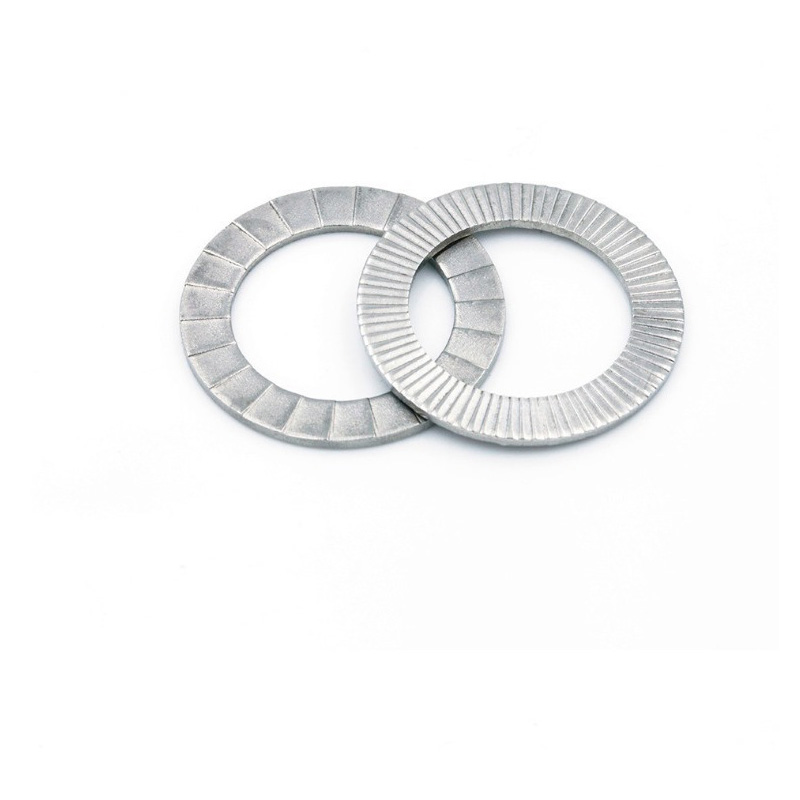Locking Taper Washer
Send Inquiry
Most standard locking taper washer use basic carbon steel (SAE 1074/1075) that’s heat-treated to RC 45-50 hardness,that’s what gives them their durability. For places where rust is a concern, they switch to stainless steel (grades 304 or 316). If you need something non-magnetic (like for electrical setups), they’ll use silicon bronze instead. For really hot or cold aerospace jobs, they break out heavy-duty alloys like Inconel.
The materials used in these locking taper washers follow worldwide safety rules (RoHS/REACH certified). Every production batch gets checked for two big things: how much force they can take before breaking (up to 1,200 MPa) and how well they hold up under repeated stress. That way, they’re safe to use in critical spots where you really don’t want things coming loose.
Extend service life
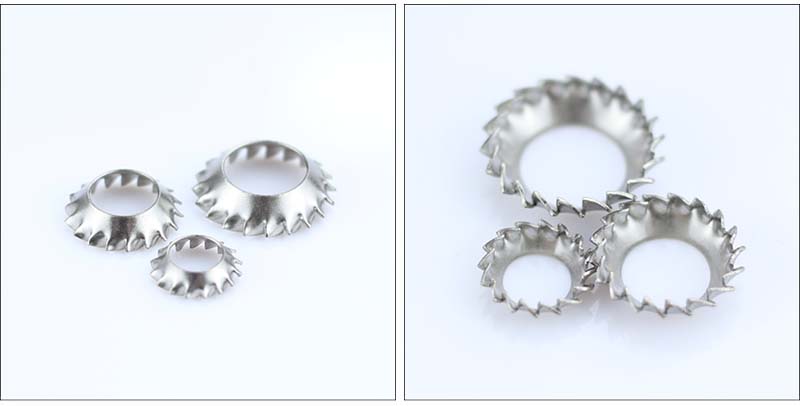
To keep your locking taper washer working longer:
Check it often for rust, wear, or if the grippy teeth (serrations) are getting flattened.
Clean off dirt or gunk with a solvent,grime can mess with its grip.
After installing, give the bolts a quick re-tighten once things settle,just don’t crank them too hard, or you’ll bend the washer.
In rusty spots, use anti-seize grease that matches the washer’s material (like stainless steel vs. regular steel).
Swap out old washers during repairs,reusing worn ones is risky and might cause joints to fail.
Store extras somewhere dry and room-temp to avoid damage before you need them.
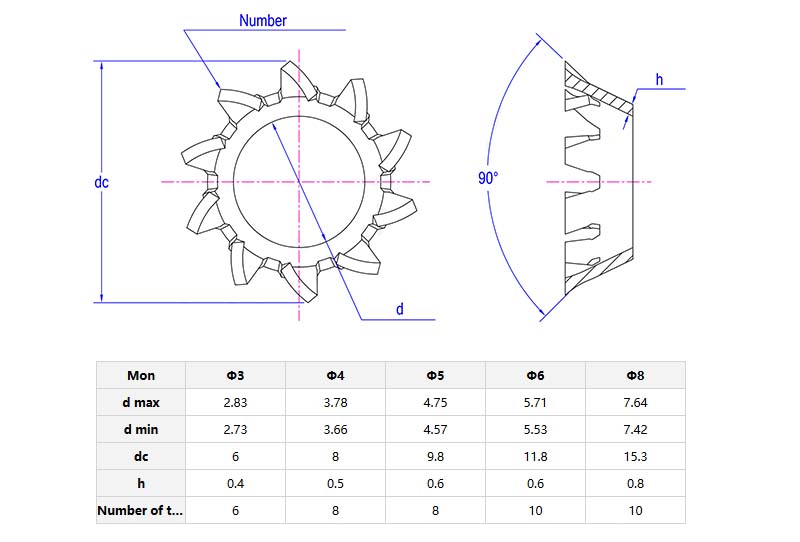
Use
Q: Can you use locking taper washer with stainless steel bolts/nuts?
A: Quick tips: Always pair the washer and fastener materials. Use stainless steel washers (like Grade 316) with stainless bolts to avoid rust caused by mixing metals. If you have to mix metals, either slap on a protective coating or use heavy-duty alloys like Inconel.
Heads up: Stainless locking taper washers aren’t as hard as carbon steel ones (they’re ~HRC 22-28 vs. 40-48), so they won’t dig into surfaces as aggressively. For salty or chemical-heavy areas, pick washers with rust-resistant finishes or non-stick PTFE coatings. And always check a corrosion chart for your exact environment to avoid surprises.


